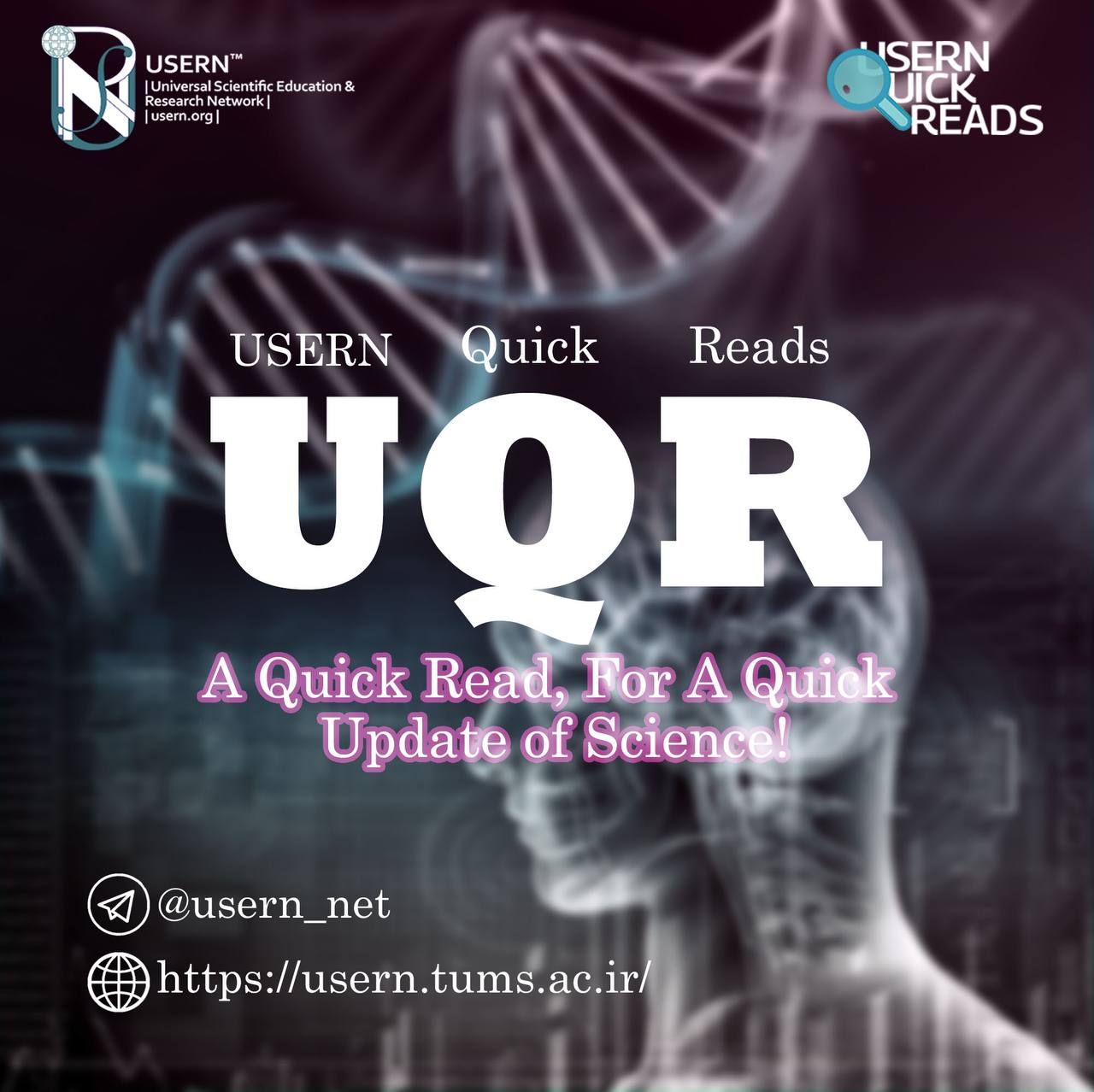Quick Reads
Power Within and Without: What is LHC?

Ready for a Revisit to CERN? This Article Introduces the LHC, the World’s Largest and Most Powerful Particle Accelerator. Keep Learning to Realize the Power Within this Complex and the Enormity Without. #USERN_Quick_Reads #Third Article #CERN
Power Within and Without: What is LHC?
By Fatemeh Khosravipour
Located in Franco-Swiss border near Geneva, CERN is the world’s largest particle physics laboratory in which physicists and engineers are probing the fundamental structure of the universe. They use the world's largest and most complex scientific instruments to study the basic constituents of matter – the fundamental particles. The Large Hadron Collider (LHC), one of the accelerators at CERN’s complex, is the world’s largest and most powerful particle accelerator. It first started up on 10 September 2008, and remains the latest addition to CERN’s accelerator. The LHC consists of a 27-kilometre ring of superconducting magnets with a number of accelerating structures to boost the energy of the particles along the way.
In particle physics, a hadron is a composite particle made of quarks held together by the strong force in a similar way as molecules are held together by the electromagnetic force.
Hadrons are categorized into two families: baryons, made of three quarks- which are so far known as the smallest fundamental constituent of matter; and mesons, made of one quark and one antiquark. For example a proton is composed of two up-quarks, one down-quark. Protons and neutrons are examples of baryons; pions are an example of a meson.
Inside the LHC accelerator, two high-energy particle beams travel at close to the speed of light before they are made to collide. The beams travel in opposite directions in separate beam pipes – two tubes kept at ultrahigh vacuum. They are guided around the accelerator ring by a strong magnetic field maintained by superconducting electromagnets. The electromagnets are built from coils of special electric cable that operates in a superconducting state, efficiently conducting electricity without resistance or loss of energy. This requires chilling the magnets to ‑271.3°C – a temperature colder than outer space. For this reason, much of the accelerator is connected to a distribution system of liquid helium, which cools the magnets, as well as to other supply services.
Thousands of magnets of different varieties and sizes are used to direct the beams around the accelerator. These include 1232 dipole magnets 15 meters in length which bend the beams, and 392 quadrupole magnets, each 5–7 meters long, which focus the beams. Just prior to collision, another type of magnet is used to "squeeze" the particles closer together to increase the chances of collisions. The particles are so tiny that the task of making them collide is akin to firing two needles 10 kilometers apart with such precision that they meet halfway.
All the controls for the accelerator, its services and technical infrastructure are housed under one roof at the CERN Control Centre. From here, the beams inside the LHC are made to collide at four locations around the accelerator ring, corresponding to the positions of four particle detectors – ATLAS, CMS, ALICE and LHCb.
Physicists hope that the Large Hadron Collider will help answer some of the fundamental open questions in physics, concerning the basic laws governing the interactions and forces among the elementary objects, the deep structure of space and time, and in particular the interrelation between quantum mechanics and general relativity.
References:
